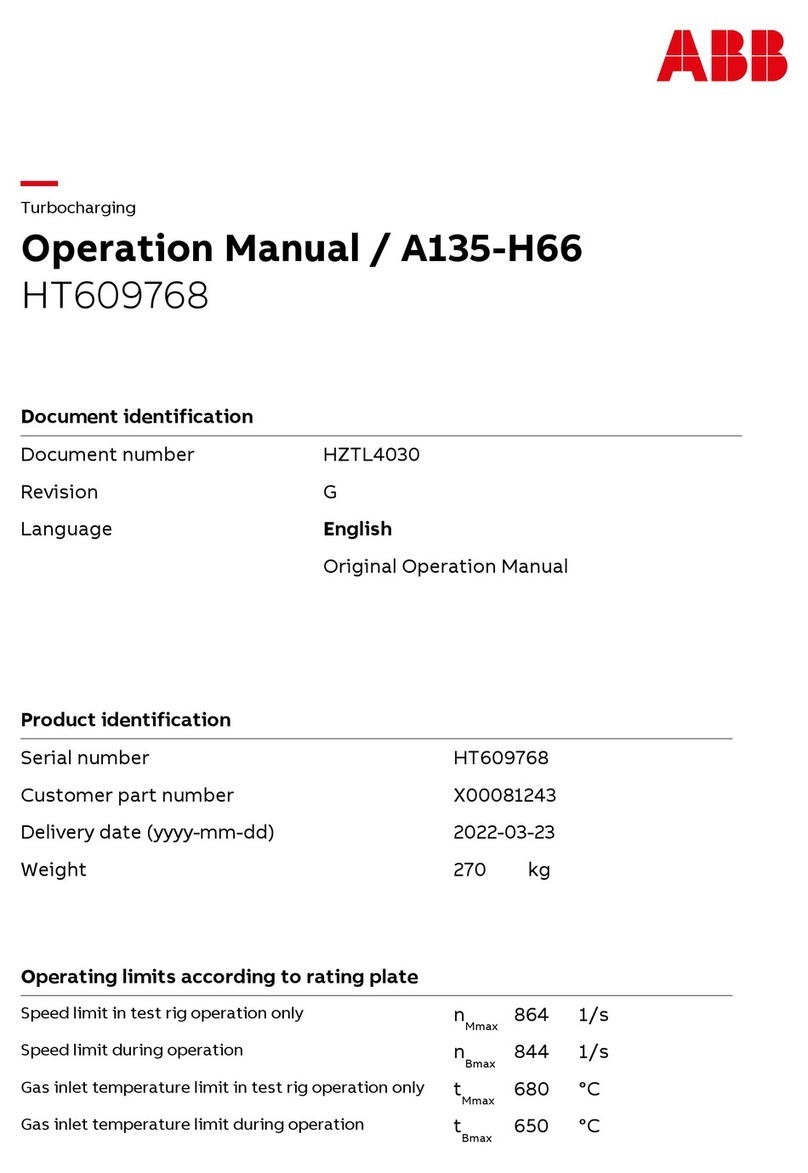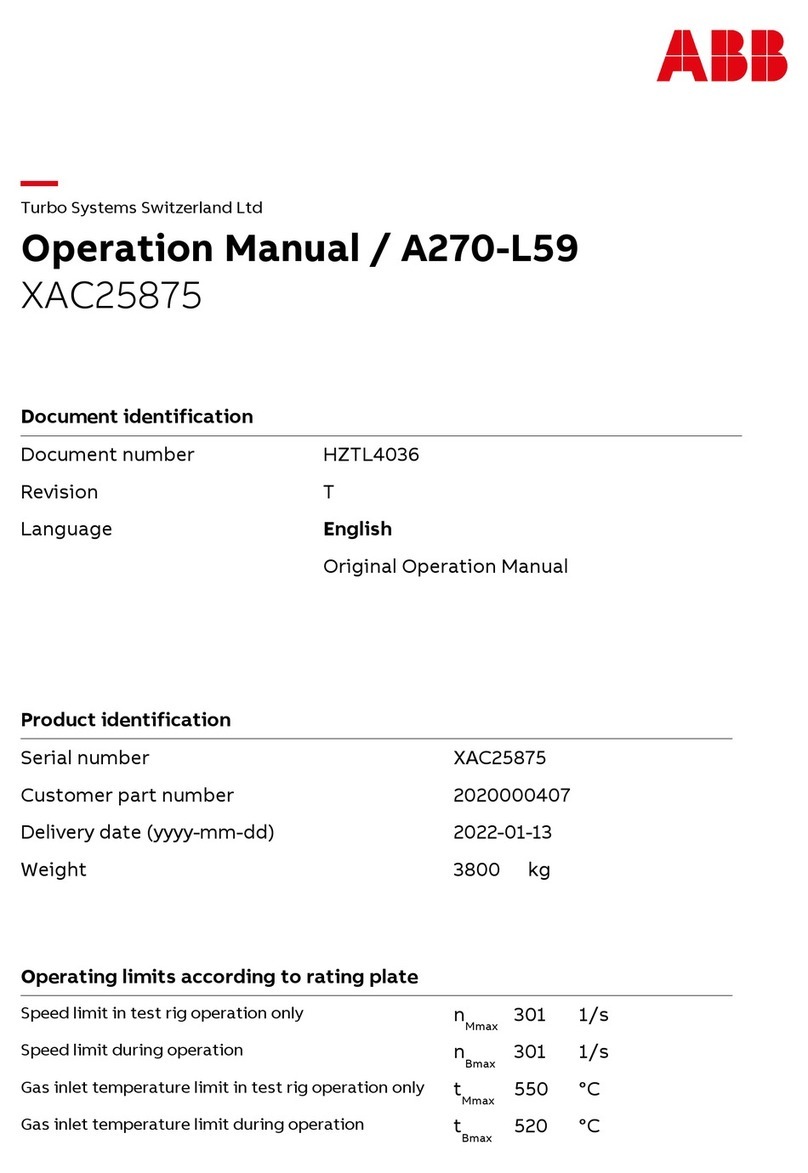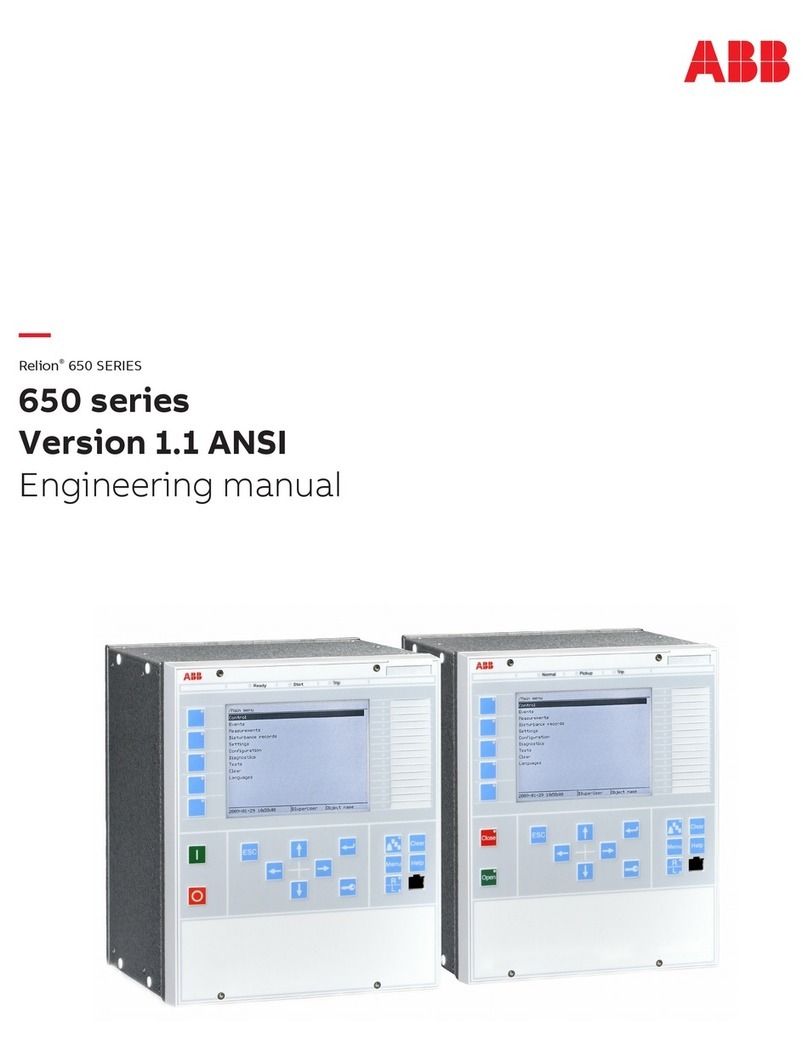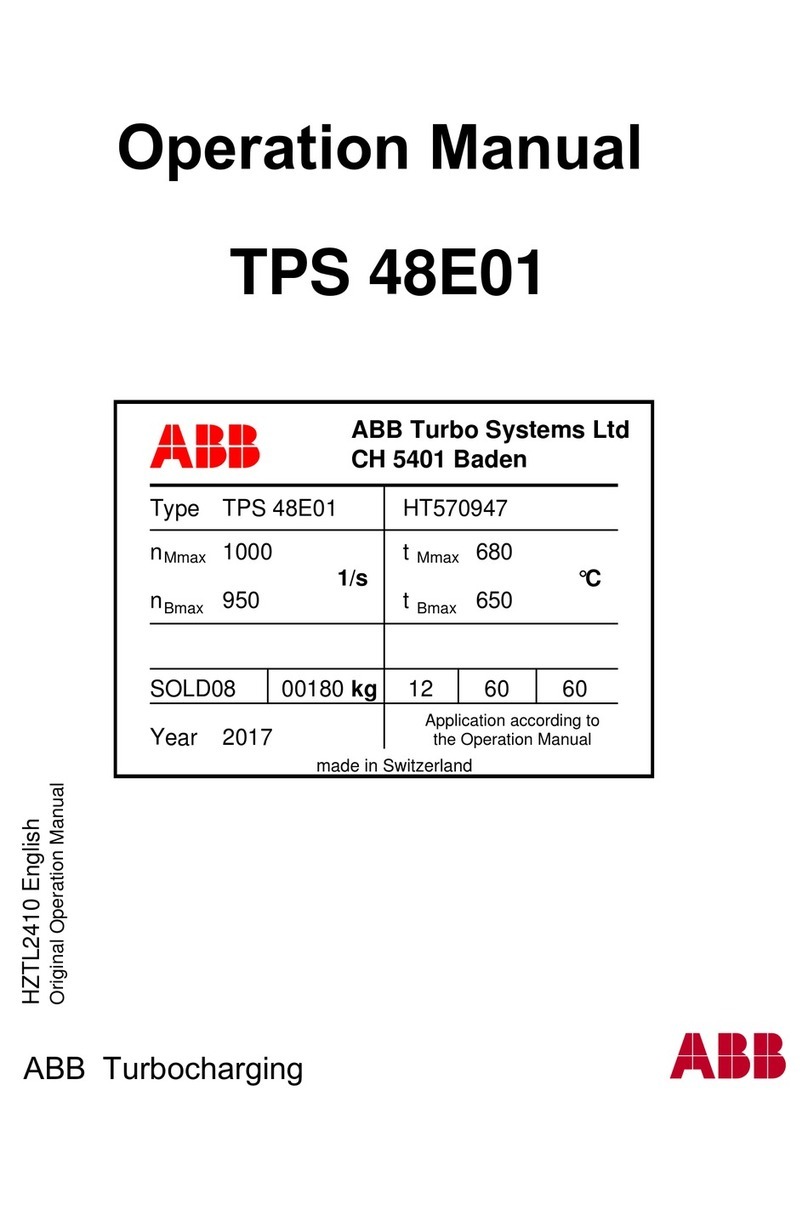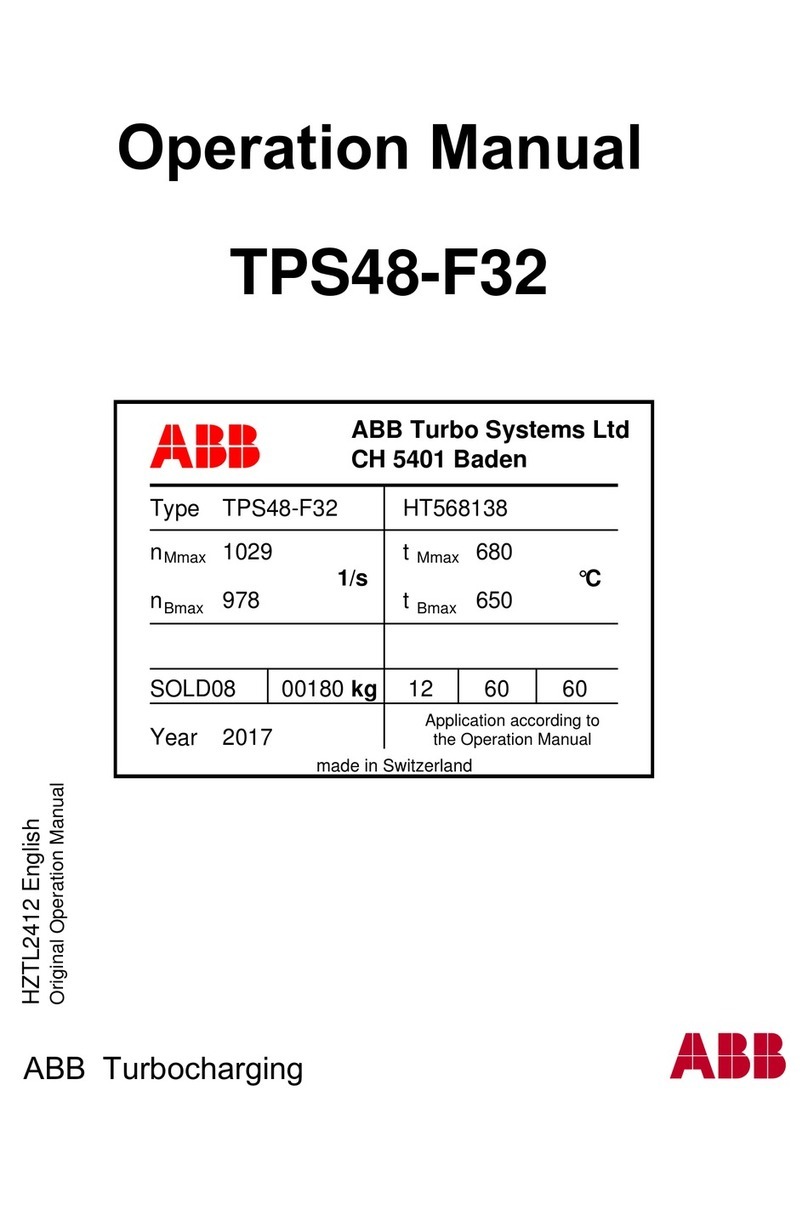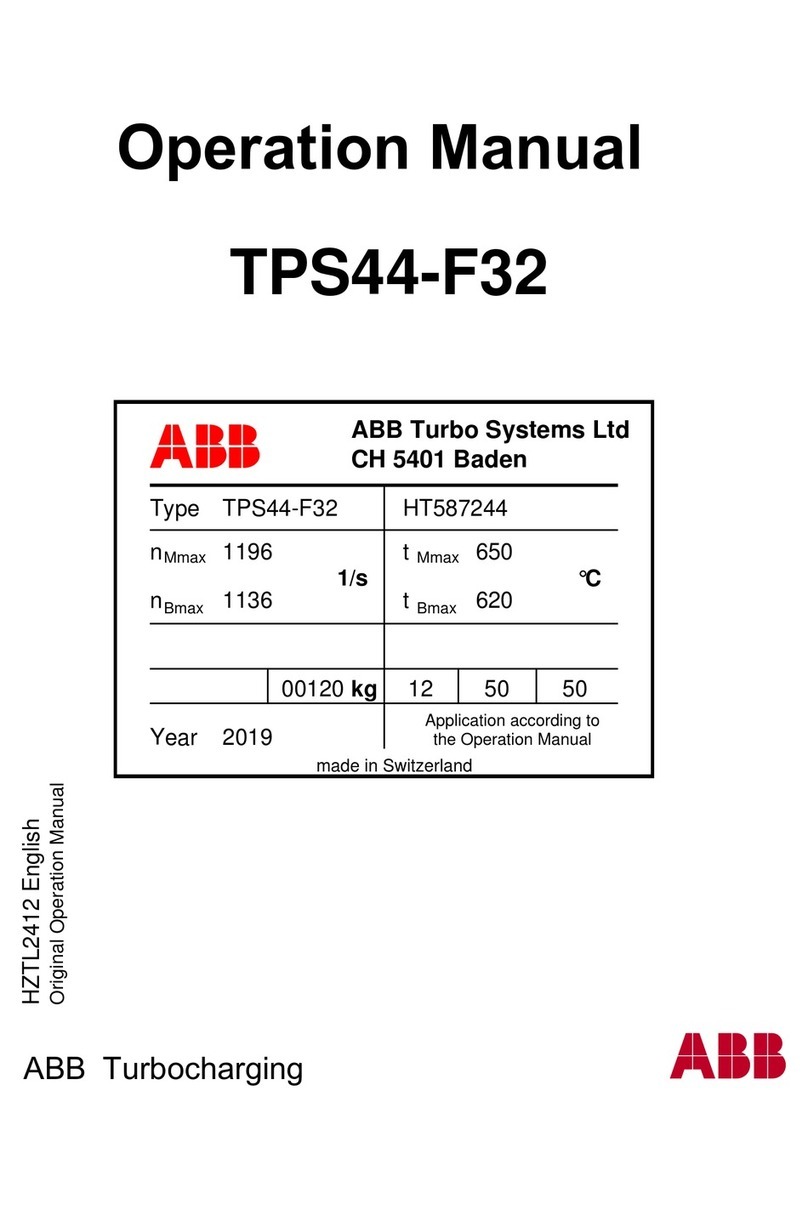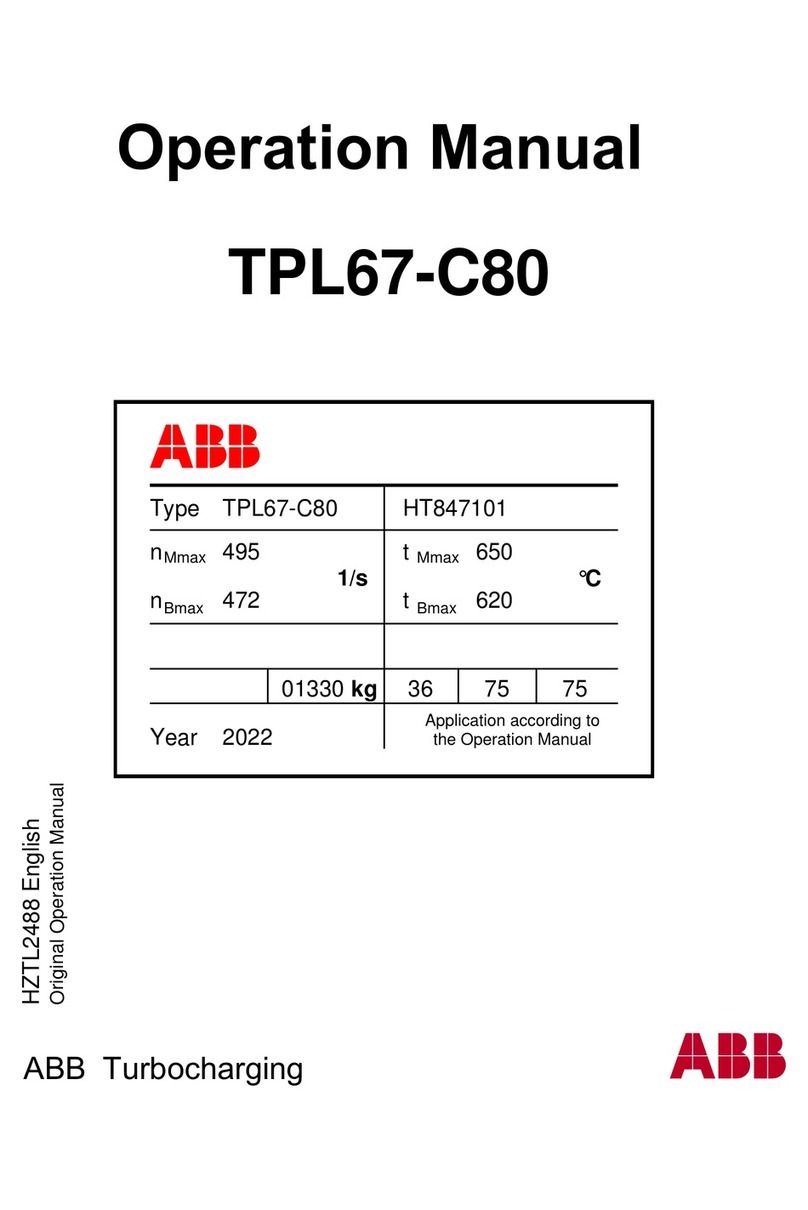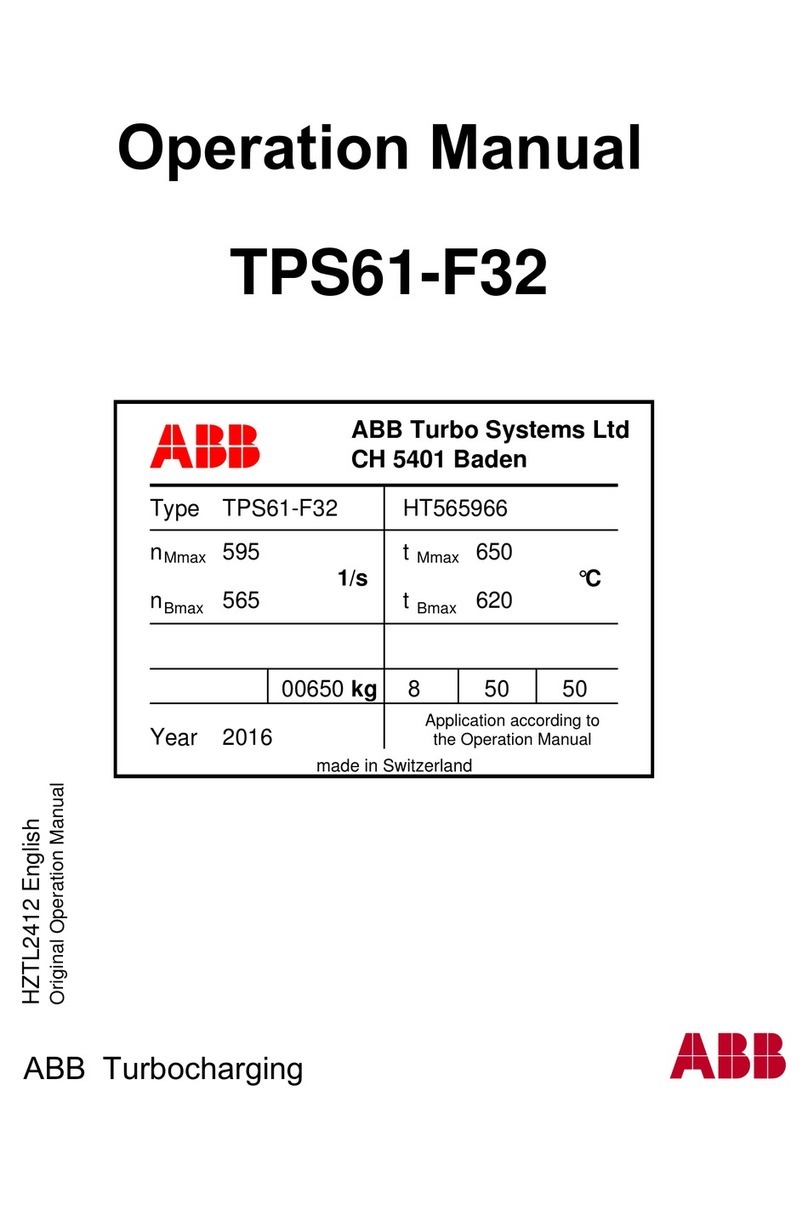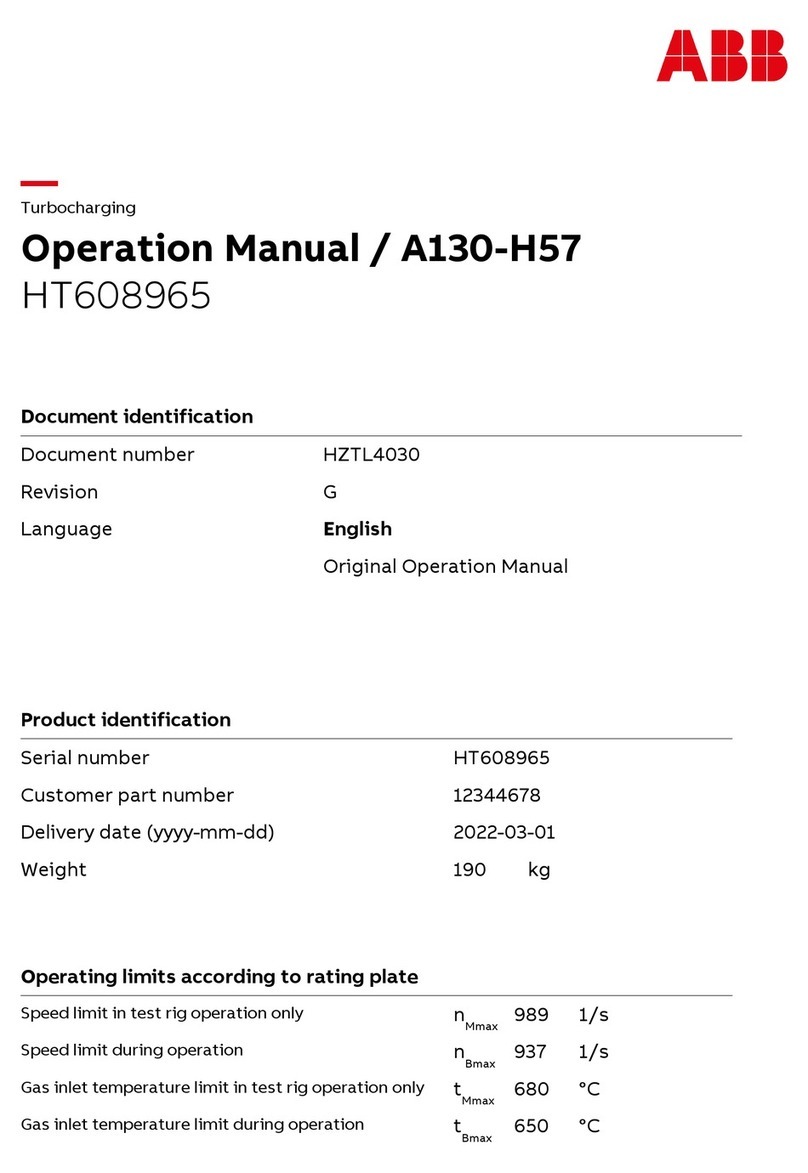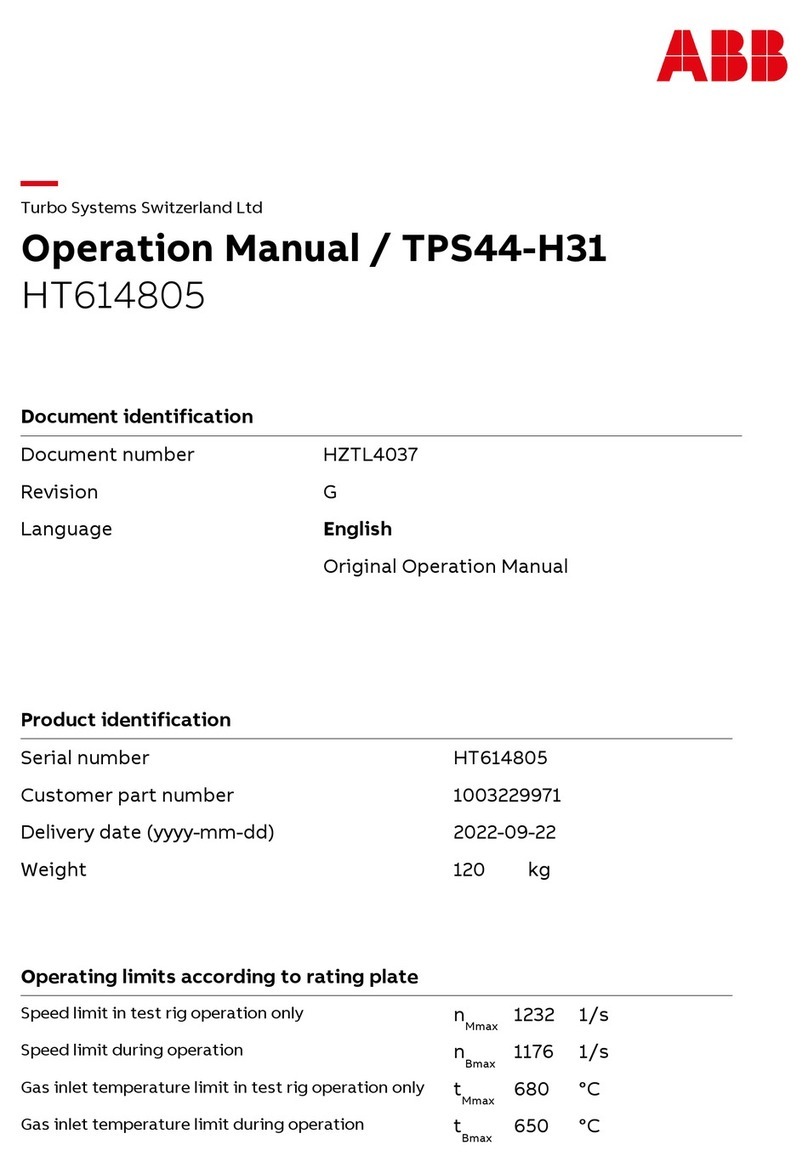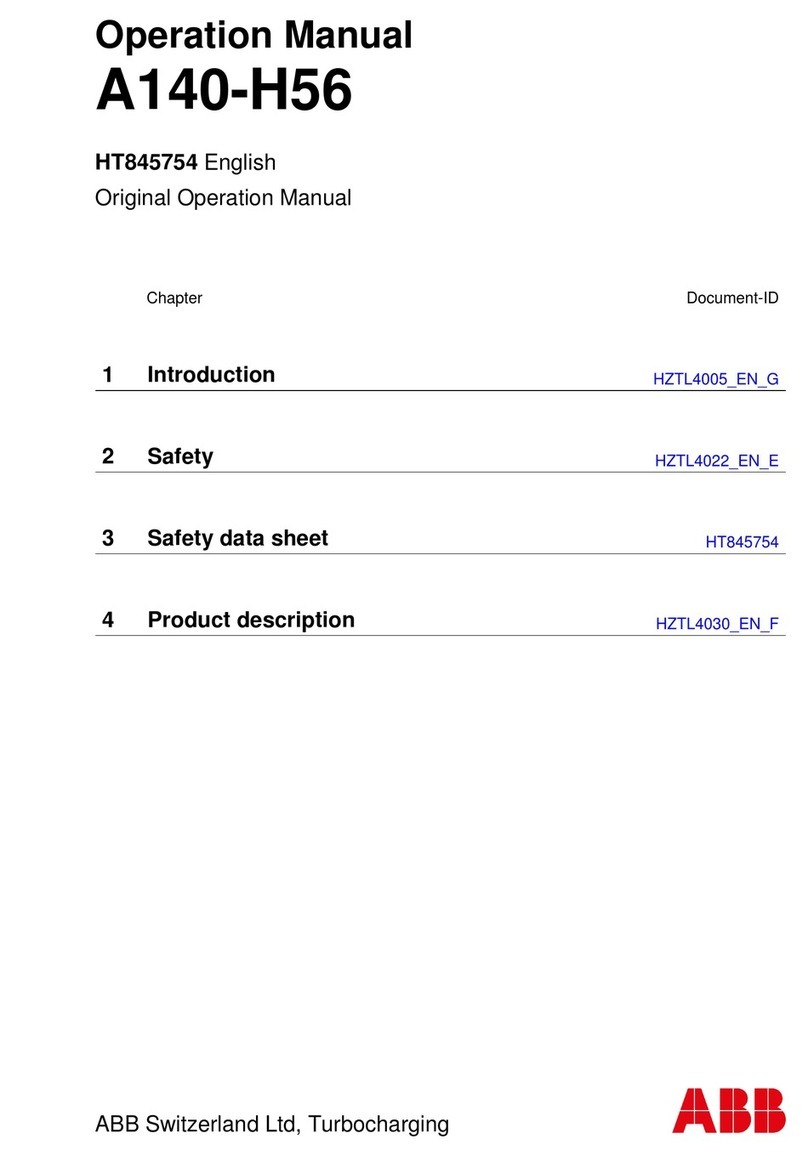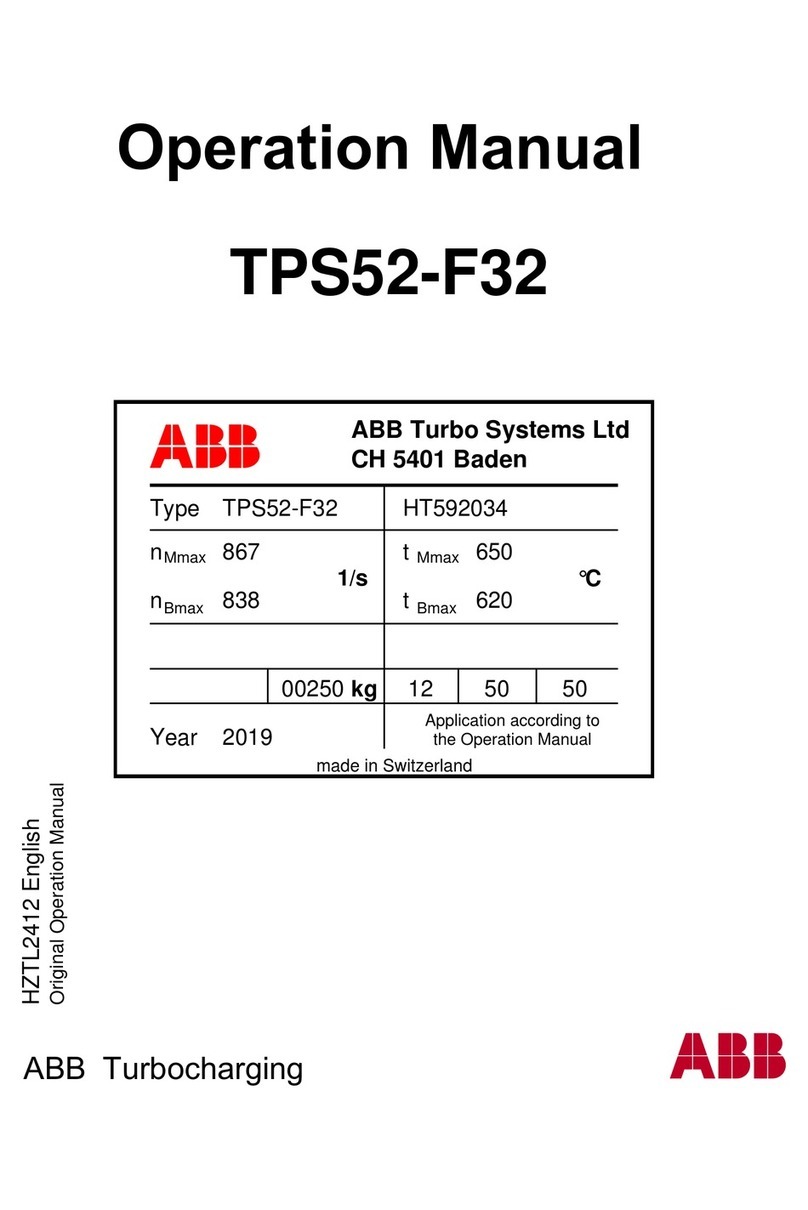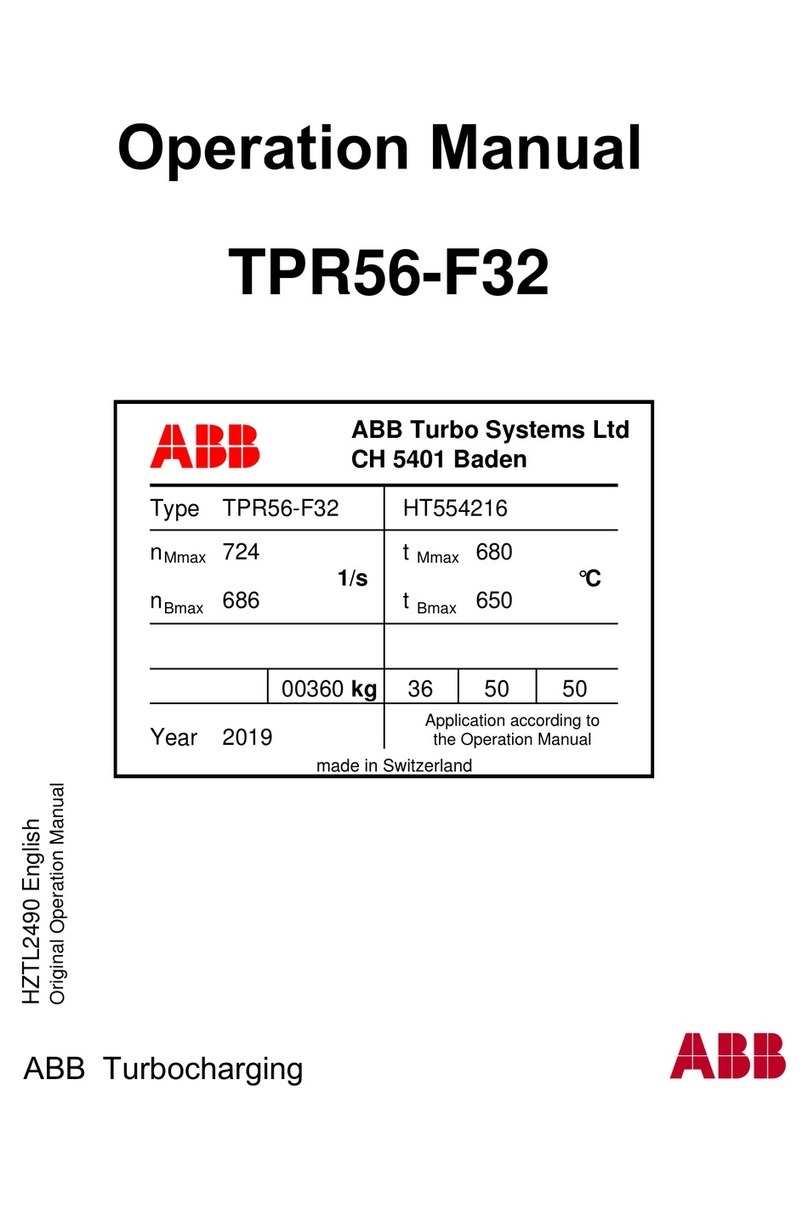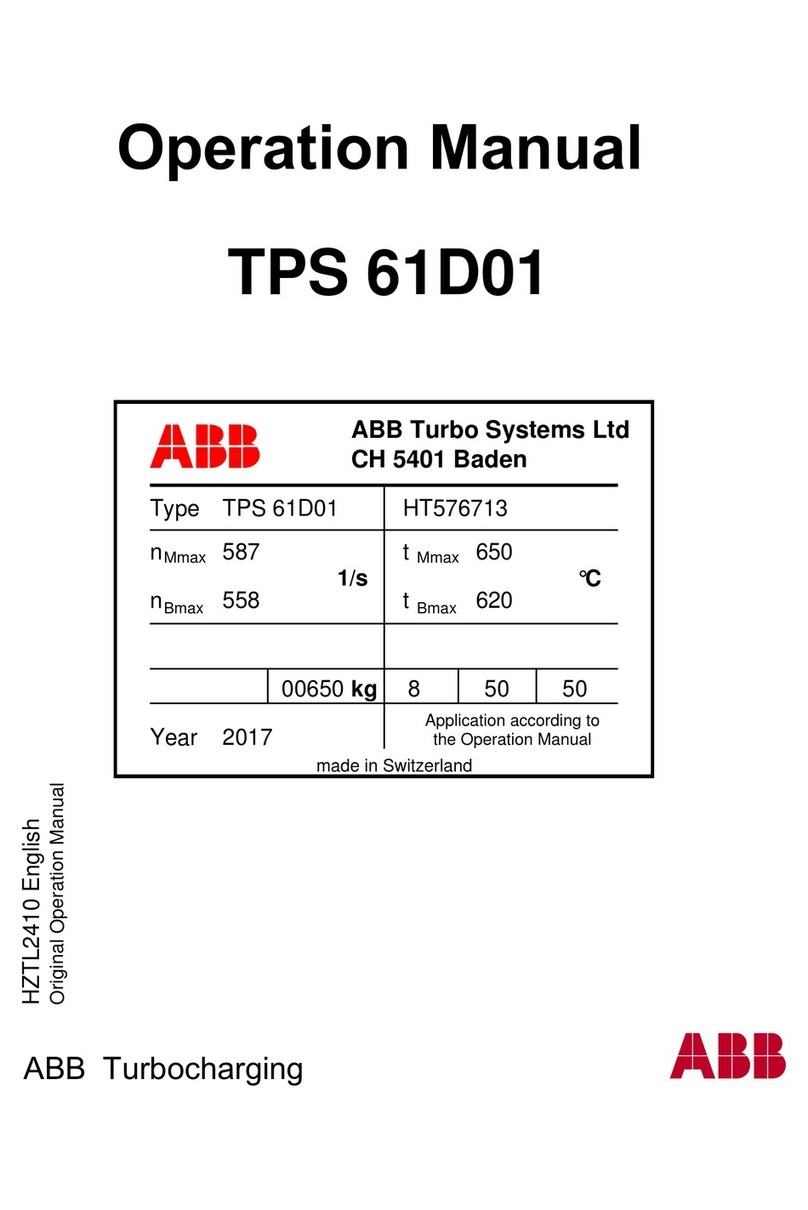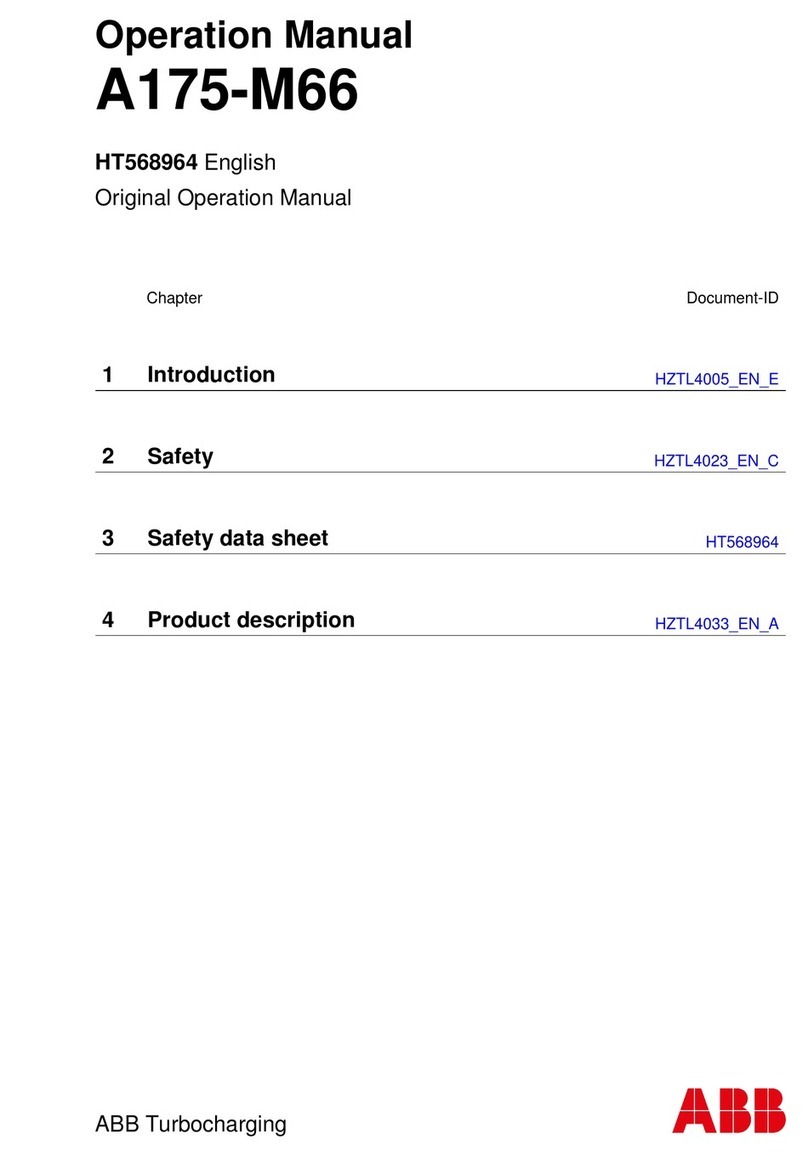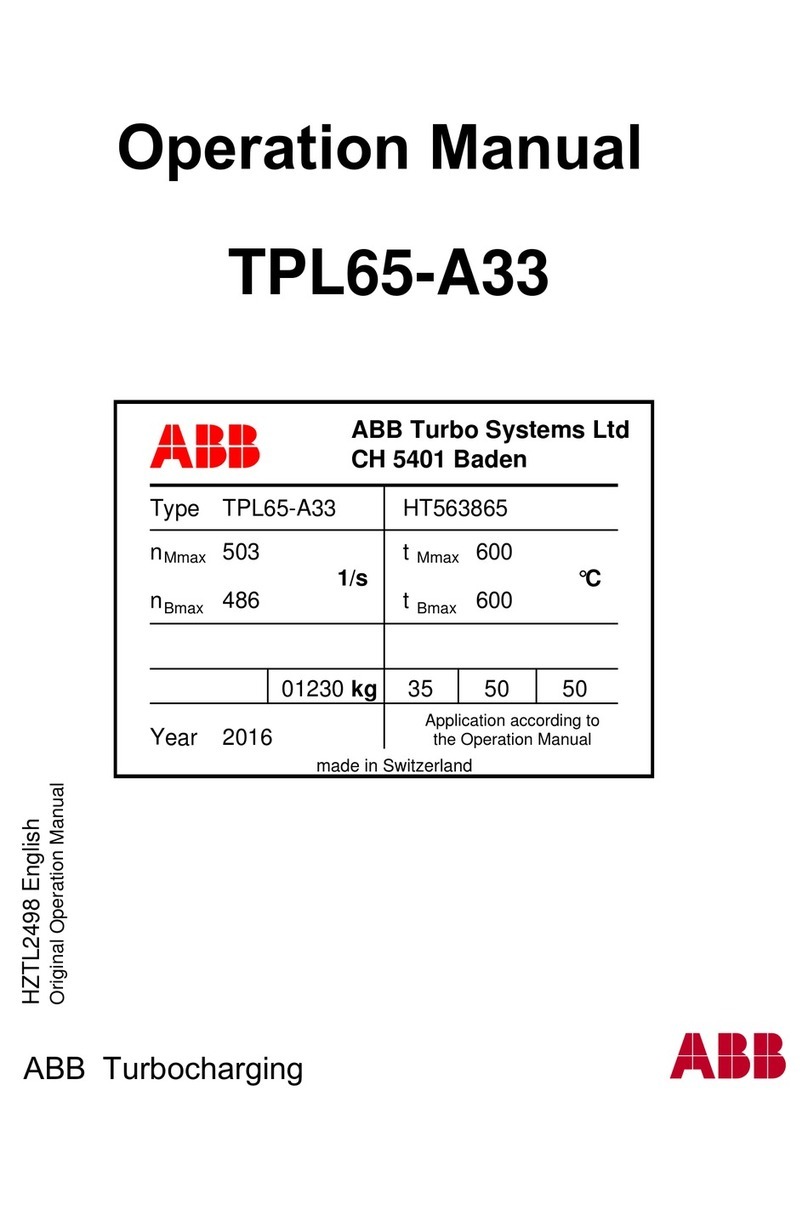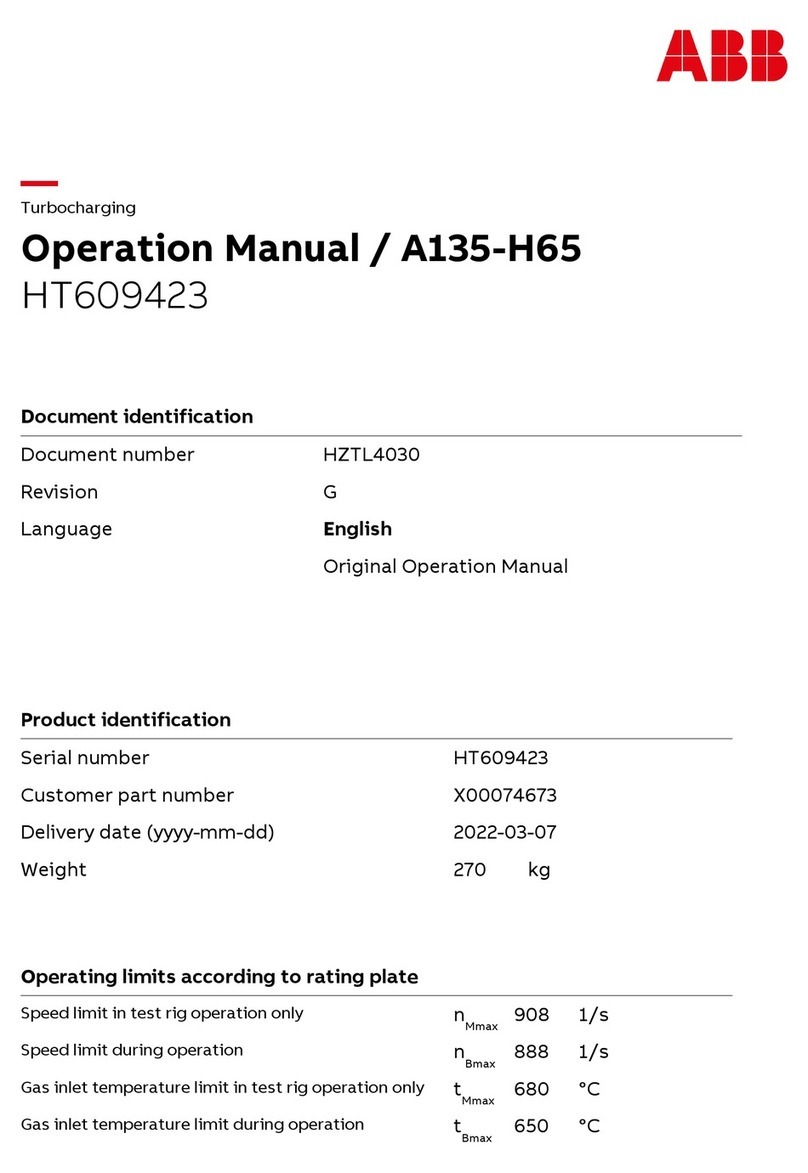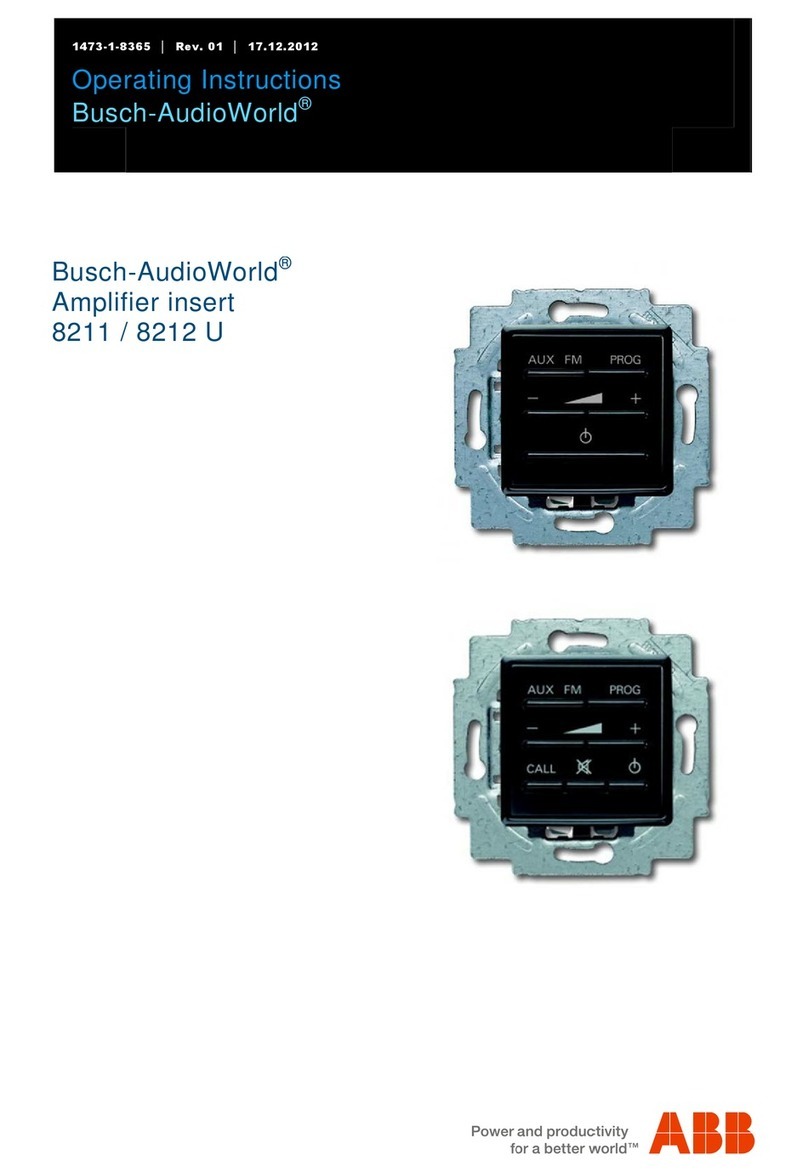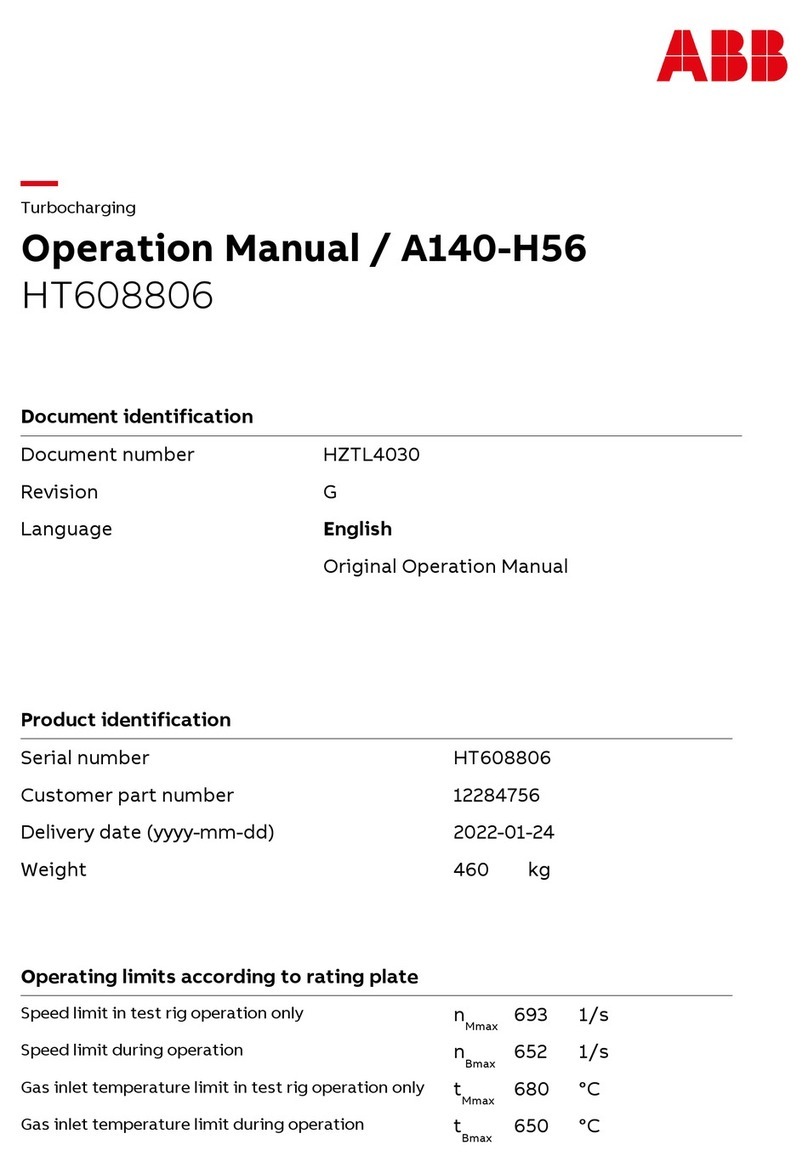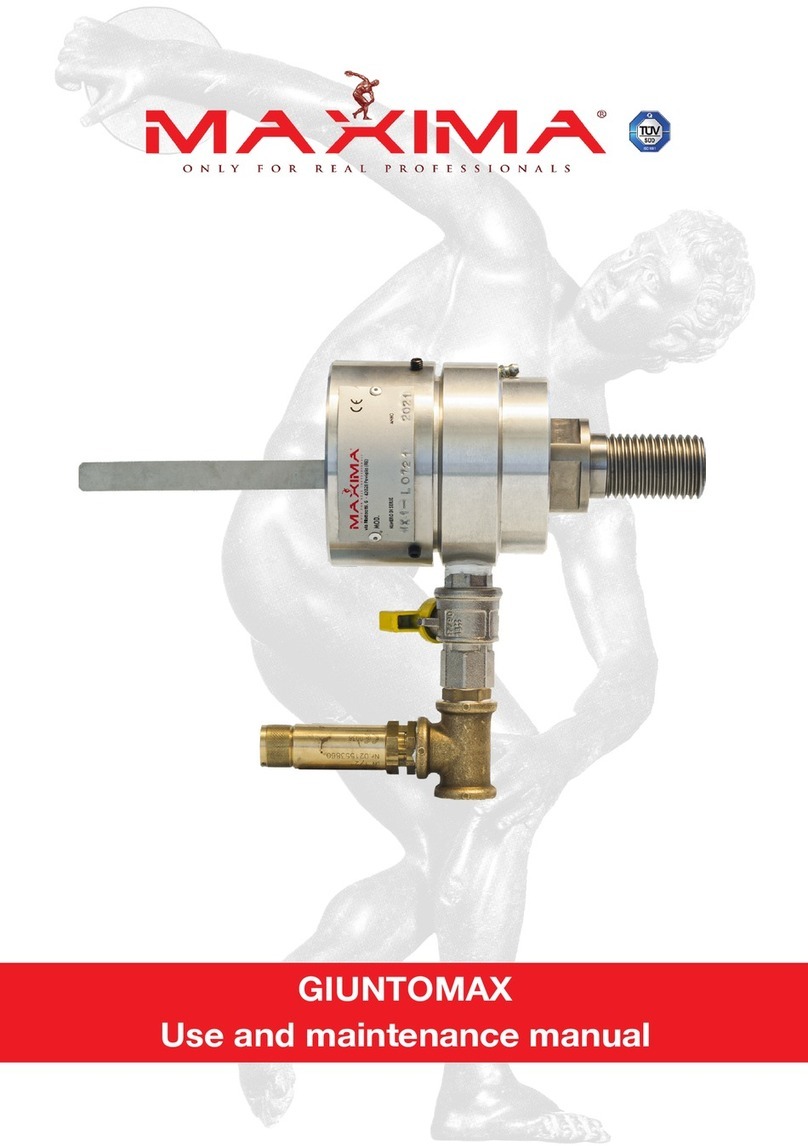
3.8 Signs on the EVSE....................................................................................................................19
3.9 Discard parts or the EVSE......................................................................................................20
3.10 Cyber security.......................................................................................................................... 20
4 Operation............................................................................................21
4.1 Prepare before use.................................................................................................................. 21
4.2 Emergency stop....................................................................................................................... 21
4.3 Reset the EVSE after an emergency stop............................................................................21
4.4 Charge session.........................................................................................................................22
4.4.1 Charge an EV............................................................................................................ 22
4.4.2 Start a charge session............................................................................................22
4.4.3 Stop a charge session............................................................................................ 22
4.5 Maintenance and cleaning..................................................................................................... 22
4.5.1 Maintenance schedule............................................................................................22
4.5.2 Clean the EVSE.........................................................................................................23
4.5.3 Clean the contact dome.........................................................................................23
4.5.4 Do a check on the cabinet..................................................................................... 24
5 Troubleshooting................................................................................ 25
5.1 Troubleshooting procedure.................................................................................................. 25
6 Technical data....................................................................................26
6.1 EVSE type.................................................................................................................................. 26
6.2 Cleaning specifications.......................................................................................................... 26
6.3 Cleaning specifications - contact dome............................................................................. 26
6.4 Compensation of the park tolerances.................................................................................27
6.5 Bulk charge specifications..................................................................................................... 27
6.6 Dimensions............................................................................................................................... 28
6.6.1 Power cabinet.......................................................................................................... 28
6.6.2 Control box...............................................................................................................28
6.6.3 Power supply box....................................................................................................28
6.6.4 Contact dome.......................................................................................................... 28
6.7 Space requirements................................................................................................................29
6.7.1 Power cabinet.......................................................................................................... 29
6.7.2 Control box...............................................................................................................30
6.7.3 Contactor box.......................................................................................................... 31
6.8 Ambient conditions................................................................................................................. 31
6.8.1 Control box............................................................................................................... 31
6.8.2 Power supply box.................................................................................................... 32
6.8.3 Power cabinet.......................................................................................................... 32
6.9 DC output specifications....................................................................................................... 32
6.9.1 100 kW configuration............................................................................................. 32
6.9.2 150 kW configuration............................................................................................. 32
Contents
46AGA000007-0604-EN | 001
